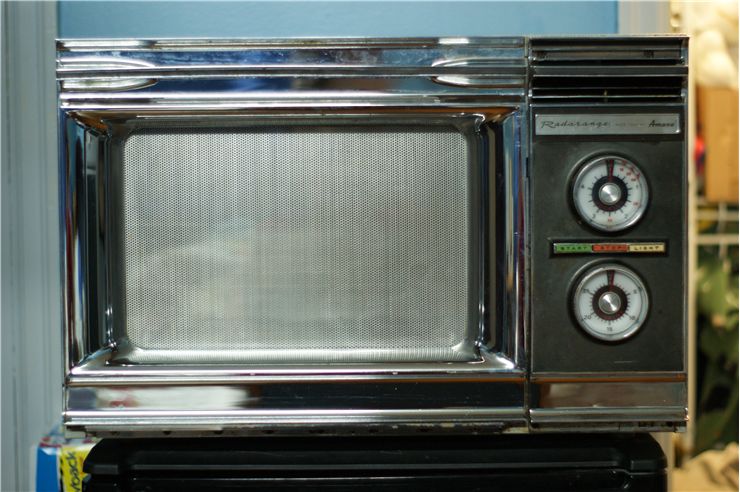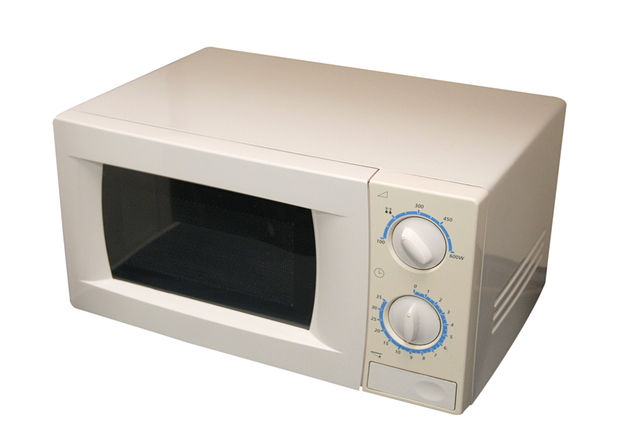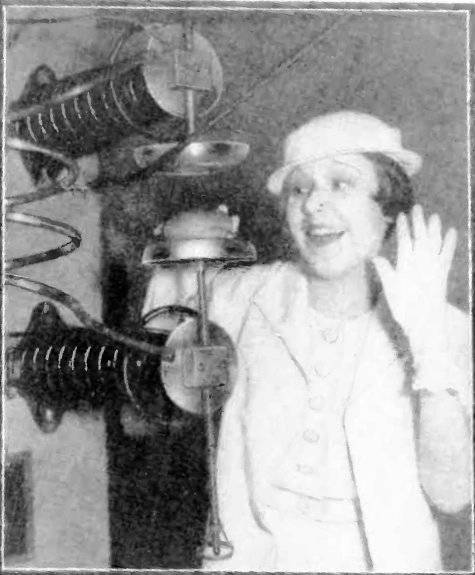History of Microwave Oven
A microwave oven, also called just microwave, is a kitchen appliance that heats food by a method called dielectric heating. It exposes food to electromagnetic radiation in the microwave spectrum which causing molecules in the food to rotate (because they are polarized and they try to align to the field). Rotating molecules collide with other molecules and raise their kinetic energy which appears as heat. They are today mostly used for reheating previously cooked foods and cooking vegetables.
The first idea to use high-frequency electric fields for heating dielectric materials appeared in 1934. But this method used frequencies that are lower than those of microwaves. Ability to produce higher frequencies appeared with the invention of cavity magnetron, a type of a high-powered vacuum tube, which was a main part of the of short wavelength radar during WWII. Multi-cavity magnetron was developed between 1937 and 1940 by the British physicist Sir John Turton Randall, and a team of British coworkers. A working prototype was made in 1940 by John Randall and Harry Boot at the University of Birmingham. When the magnetron was given to the U.S. government, in September 1940, in exchange for their financial and industrial help, one of the companies that were given a contract for the mass production of the magnetron was Raytheon and that is where the story of microwave oven begins.
Heating effect of a high-power microwave beam was discovered in 1945, completely by accident. Percy Spencer, who was a self-taught engineer from Howland, Maine and was an employee of Raytheon, worked on an active radar set when he noticed that a chocolate bar that he had in his pocket started to melt. He then tried an experiment with popcorn and then with an egg (which exploded). Spencer then created a high density electromagnetic field by feeding microwaves from a magnetron into a metal box from which they could not to escape. Temperature of a food placed in a box raised much faster that in open. Patent application for Spencer's microwave cooking process was filed on October 8, 1945, by Raytheon and the first microwave oven was placed in Boston restaurant for testing. The first microwave oven usable by public was placed in Grand Central Terminal, in New York City, United States, in January 1947. It was in the form of the Speedy Weeny vending machine which dispensed hot dogs.
The first commercially available microwave oven was, Raytheon built, "Radarange". It was made in 1947 and was very large. Each made was 1.8 meters tall, had 340 kilograms weight and was sold for $5,000 which is today somewhere around $52,000. It also had power of 3 kilowatts and was cooled with water. One of the first “Radarange” ovens was installed in the galley of the nuclear-powered passenger/cargo ship NS Savannah. Commercial model made in 1954 used 1.6 kilowatts and had price ranging from $2,000 to US$3,000. Tappan Stove company of Mansfield, Ohio bough a license from Raytheon in 1952 and tried to sell a large, 220 volt, wall unit as a home microwave oven in 1955 for even lower price of $1,295 but it was too early and this oven did not sell well. Raytheon bought Amana, manufacturer of household appliances, in 1965 and they made the first popular home model, the countertop “Radarange”, at a price of $495. Litton Industries, developed new configuration of the microwave in the ‘60s. It was short, wide shape that we all know now and it used special magnetron feed which allowed for oven to survive a no-load condition when it had no food to absorb the waves. By the 1970s prices fell rapidly and microwave ovens became common in many households.


